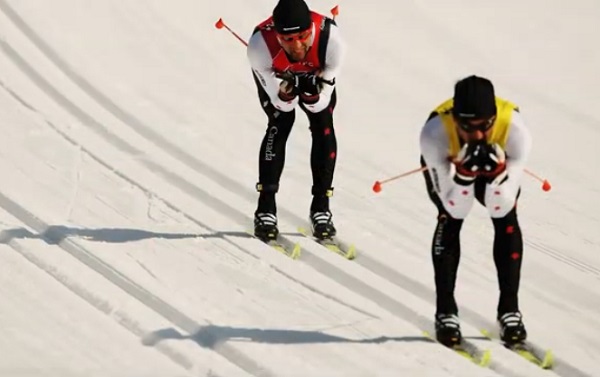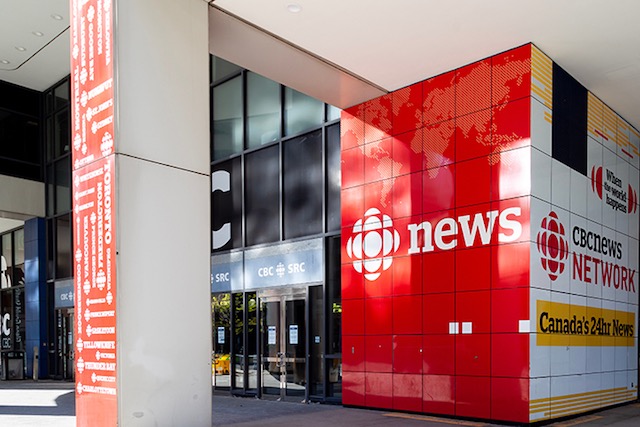Sports
Parker Thompson takes his first win in the Porsche GT3 Cup Challenge USA

Thompson Earns His First Sports Car Win in a Wet and Wild Weekend at Mid-Ohio
MID-OHIO SPORTS CAR COURSE, LEXINGTON, OHIO
In a weekend mired in rain and cool temperatures, Parker Thompson navigated treacherous conditions to win his first sports car race in Race 3 of the 2019 Porsche GT3 Cup Challenge USA at Mid-Ohio. For Race 4, the second of two races at the Acura Sport Car Challenge at Mid-Ohio, Thompson finished 2nd. That result put him on the podium four times in four races to kick off his career in sports cars.
Weather was a big factor for official practice sessions on Friday, where many cars did not even venture out on track. Thompson however, showed promising pace in the #3 JDX Racing / Hertz / Byers Porsche, eclipsing the fastest lap time of his competitors by nearly 3 seconds.
With wet conditions continuing into Saturdays qualifying session, there were high expectations for Thompson. Multiple incidents on track however, ended the session with no timed laps completed. As a result, the starting order for Race 3 was determined by driver championship points standings. Thompson would start in third position, on the inside of the second row.
In steady rain, Thompson cleanly piloted the #3 car past championship contenders Riley Dickinson and Roman DeAngelis, before pacing away from the pack. In an incident filled race, with eleven out of 22 laps driven under a yellow flag, all except for five cars would fall a lap down to Thompson. In only his third race in the car, Thompson showed a dominant victory and solidified the fact that he is a contender for the overall championship.
With clearer conditions on Sunday, Race 4 began with Thompson on pole position, and championship leader Roman DeAngelis immediately behind him on the second row. The two Canadian drivers battled hard for ten laps before DeAngelis squeezed by to take the lead position. Thompson held second for the remainder of the race. Four races into the 2019 Porsche GT3 Cup Challenge USA season, and Thompson’s sports car career, he has found the podium in each of four races.
“The results this weekend are truly exciting. With the help of Hertz and Byers Porsche, the JDX Racing crew has put together a great race car. While I was happy with my pace right from the start of the season, there is still room for improvement. This weekend was a great indicator of progress, and a sure sign that we can contend for the overall championship. I’m honoured to work with a great team of people, and so excited for what the future holds.” – Parker Thompson
Now sitting second in the Porsche GT3 Cup Challenge USA championship standings, Thompson finds himself vying for two unique racing championships. He is the current championship leader in Indy Pro 2000,where he will be competing May 10th –12th at the Grand Prix of Indianapolis. ThePorsche GT3 Cup Challenge USA season resumes June7th at the Montreal F1 Grand Prix.
Alberta Sports Hall of Fame and Museum
Alberta Sports Hall of Fame 2025 Inductee Profiles – Para Nordic Skiing – Brian and Robin McKeever

Brian & Robin McKeever – Para Nordic Skiing
Canmore natives Brian and Robin McKeever are celebrated for their monumental contributions to Para Nordic skiing. Brian, Canada’s most decorated Winter Paralympian, secured 20 Paralympic medals (16 gold) from 2002 to 2022. Despite vision loss from Stargardt’s disease, he excelled remarkably. Robin, a 1998 Olympian, became Brian’s guide, and together they won 10 Paralympic medals.
Transitioning to coaching, Robin led Canada’s Para Nordic team to 41 Paralympic medals from 2010 to 2022, with Brian succeeding him as Head Coach in 2022. Their induction honors their athletic achievements and enduring impact on Canadian sports and the Paralympic movement.
Alberta Sports Hall of Fame and Museum
Alberta Sports Hall of Fame 2025 Inductee profiles – Alpine Skiing Athlete – Brady Leman

Brady Leman – Alpine Skiing Athlete
Calgary native Brady Leman, born October 16, 1986, is celebrated as one of Canada’s most successful ski cross athletes. Overcoming a broken leg at the 2010 Olympics and a near-podium finish in 2014, Brady achieved gold in men’s ski cross at the 2018 Winter Olympics in PyeongChang.
With 6 World Cup victories and 32 podiums, he retired in 2023 after winning his final race on Canadian soil.
Beyond his athletic achievements, Brady actively supports future athletes through fundraising and leadership roles, including serving on the Alberta Alpine Ski Association Board. His induction honors his remarkable career and contributions to Canadian skiing.
-

 COVID-1922 hours ago
COVID-1922 hours agoFDA requires new warning on mRNA COVID shots due to heart damage in young men
-

 Business20 hours ago
Business20 hours agoCarney’s new agenda faces old Canadian problems
-

 Indigenous21 hours ago
Indigenous21 hours agoInternal emails show Canadian gov’t doubted ‘mass graves’ narrative but went along with it
-

 Daily Caller17 hours ago
Daily Caller17 hours agoBlackouts Coming If America Continues With Biden-Era Green Frenzy, Trump Admin Warns
-

 Bruce Dowbiggin23 hours ago
Bruce Dowbiggin23 hours agoEau Canada! Join Us In An Inclusive New National Anthem
-

 Business2 days ago
Business2 days agoCBC six-figure salaries soar
-

 Addictions2 days ago
Addictions2 days agoMore young men want to restrict pornography: survey
-

 Business2 days ago
Business2 days agoTrump slaps Brazil with tariffs over social media censorship







